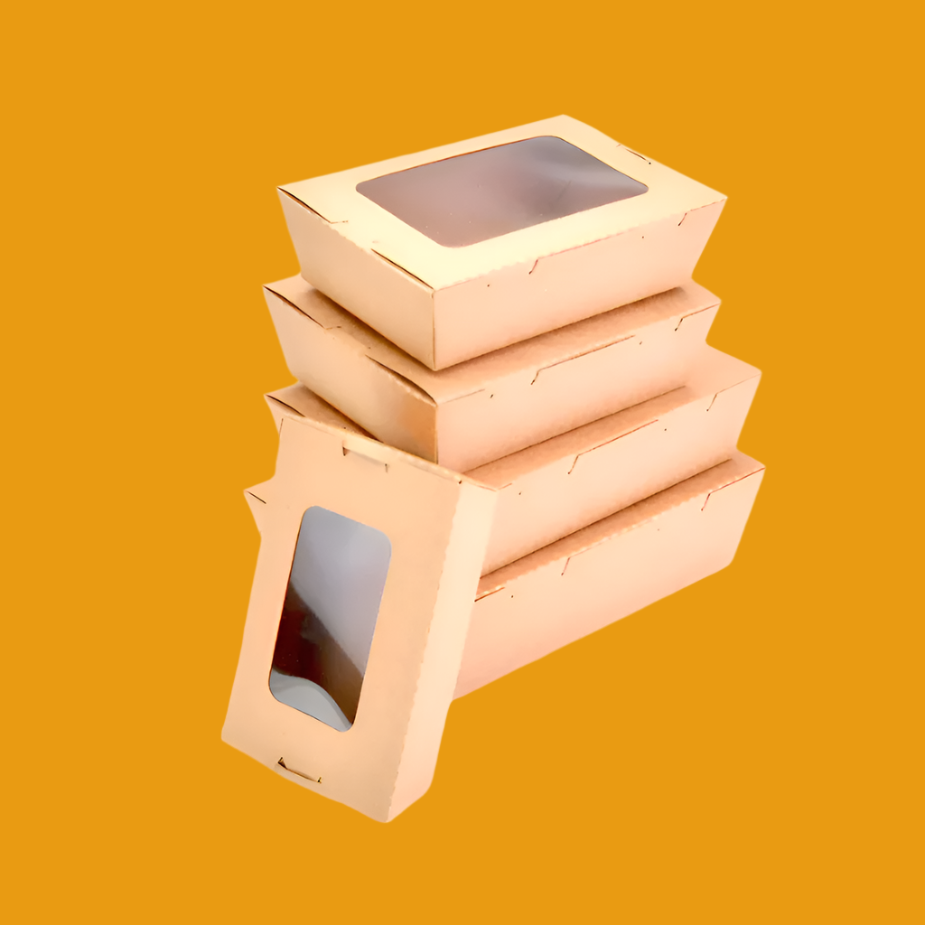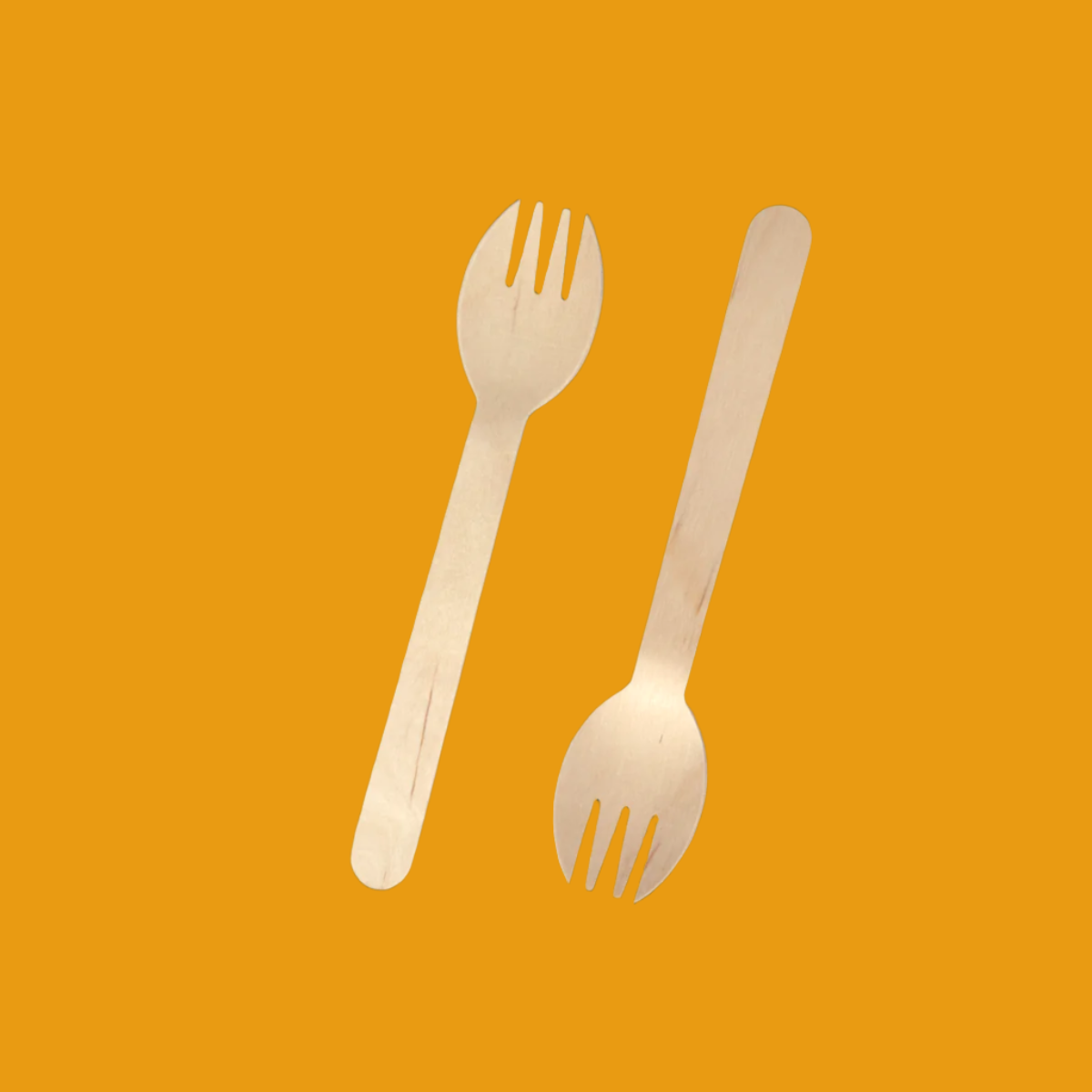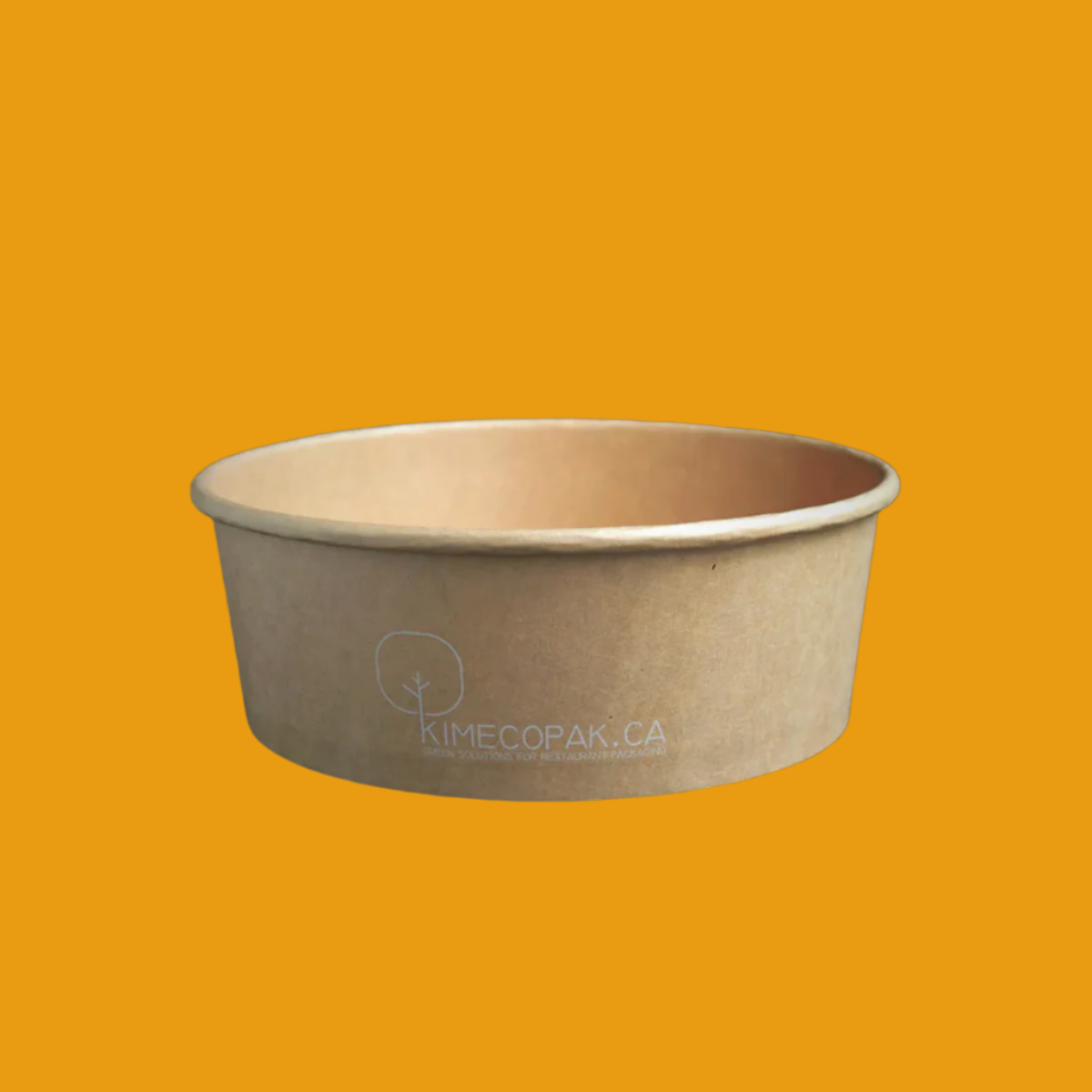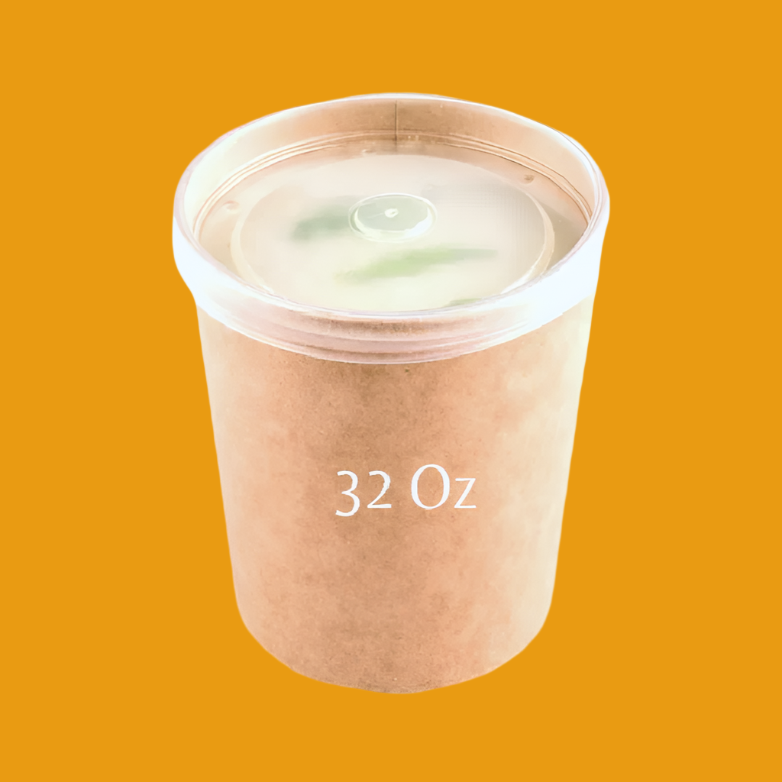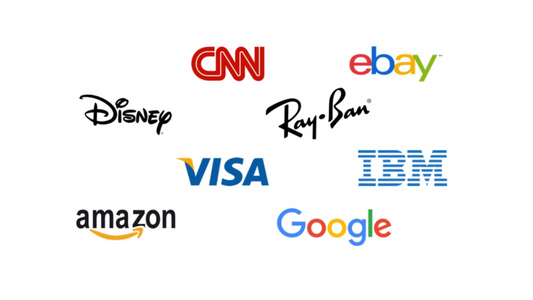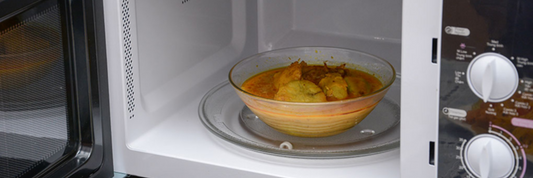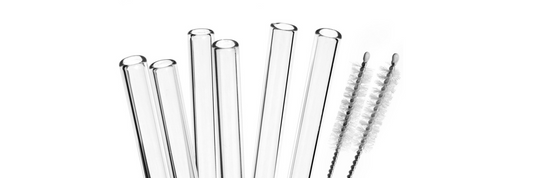When working with corrugated cardboard, selecting the best glue is critical for ensuring the structural integrity and durability of your projects. Whether you are involved in packaging, crafting, or industrial applications, the right adhesive can make a significant difference in the strength, functionality, and overall success of your work.
Corrugated cardboard is a versatile material used across various industries, from shipping and logistics to creative arts and education. Understanding which adhesive is best suited for your specific needs will help you achieve optimal results while maintaining efficiency and quality.
What Makes Corrugated Packaging Become Popular?
How to Print On Gable Boxes: Step by Step from Designing to Quality Control in Detail
Factors to Consider When Selecting the Best Glue for Corrugated Cardboard

Bond Strength Requirements
Consider the weight, stress, and environmental conditions of your project. The bond strength of the glue should match the load-bearing specifications to ensure durability and reliability.
Drying and Curing Time
Project timelines play a crucial role in adhesive selection. Opt for fast-drying glue if you’re working under tight deadlines, while slower-drying adhesives may be better for less time-sensitive tasks.
Application Method
Choose a glue that fits your application process. Some adhesives require specialized tools like glue guns, while others can be applied with a brush or spray.
Environmental and Safety Considerations
Evaluate adhesives for toxicity, odor, and eco-friendliness. For children’s crafts or environmentally conscious projects, non-toxic and sustainable options are ideal.
Cost and Availability
Budget constraints and local availability are practical factors to consider. Ensure the adhesive is affordable and easily accessible without compromising quality.
Top Glue Options for Corrugated Cardboard

Starch-Based (Vegetable) Glues
Overview:
These adhesives are derived from natural polymers like corn or potato starch.
Advantages:
- Environmentally friendly and sustainable
- Offers a strong bond for standard packaging needs
Considerations:
- Performs best in controlled temperature and humidity settings
Use Cases:
Widely used in manufacturing corrugated cardboard shipping boxes due to their eco-friendliness and strength.
Polyvinyl Acetate (PVA) Glues
Overview:
Commonly known as white glue or wood glue, PVA adhesives are reliable for various cardboard uses.
Advantages:
- Easy to use, non-toxic, and dries clear
- Forms a strong bond with porous materials like cardboard
Considerations:
- Slower drying time compared to other adhesives
- Not waterproof; additional treatments may be needed for moisture resistance
Use Cases:
PVA glue is ideal for crafting, lightweight packaging, and general cardboard bonding. Its versatility makes it one of the best glues for corrugated cardboard in non-industrial settings.
Hot Melt Adhesives (EVA-Based)
Overview:
Thermoplastic adhesives are applied in molten form and solidify upon cooling.
Advantages:
- Quick setting time for enhanced production efficiency
- Strong bond, perfect for high-speed manufacturing processes
Considerations:
- Requires specialized equipment like glue guns
- High application temperatures may pose safety hazards
Use Cases:
Hot melt adhesives are commonly used in packaging industries to seal corrugated boxes. Their quick bonding makes them a top contender for the best glue for corrugated cardboard in industrial settings.
Contact Cement
Overview:
This solvent-based adhesive bonds instantly when applied to both surfaces.
Advantages:
- Extremely strong and flexible bond
- Water-resistant for added durability
Considerations:
- Requires precise application due to immediate bonding
- Emits strong fumes; use in well-ventilated areas
Use Cases:
Contact cement is suitable for heavy-duty applications requiring a robust bond, making it one of the best glues for corrugated cardboard used in demanding conditions.

Epoxy Adhesives
Overview:
Epoxy adhesives are two-component systems that, when mixed, create a durable and long-lasting bond.
Advantages:
- Exceptional strength and resistance to chemicals and temperature fluctuations
Considerations:
- Requires mixing and has a longer curing time
- Typically more expensive than other adhesives
Use Cases:
Epoxy glue is ideal for projects requiring high durability and structural integrity, making it a top choice for heavy-duty corrugated cardboard applications.
Application Techniques for Optimal Bonding
Surface Preparation
Ensure that the cardboard surfaces are clean, dry, and free of dust or contaminants before applying glue.
Proper Adhesive Application
Use the recommended amount of glue and distribute it evenly to achieve the best bond.
Clamping and Drying
Apply appropriate pressure and allow sufficient drying or curing time to optimize the adhesive’s strength.
Safety and Environmental Considerations
- Handling and Storage: Follow the manufacturer’s instructions for safe handling and storage to prolong the adhesive’s shelf life and prevent hazards.
- Eco-Friendly Options: Whenever possible, choose adhesives that are sustainable and safe for the environment, such as starch-based glues.
Conclusion
Choosing the best glue for corrugated cardboard depends on your project’s specific requirements, including bond strength, drying time, application method, and environmental considerations. From starch-based glues for eco-conscious packaging to epoxy adhesives for heavy-duty applications, there is a wide range of options to suit your needs. With the right adhesive and proper application techniques, you can ensure the durability and success of your corrugated cardboard projects.


